Understanding X-rays
An insight on what happens when you have an X-ray
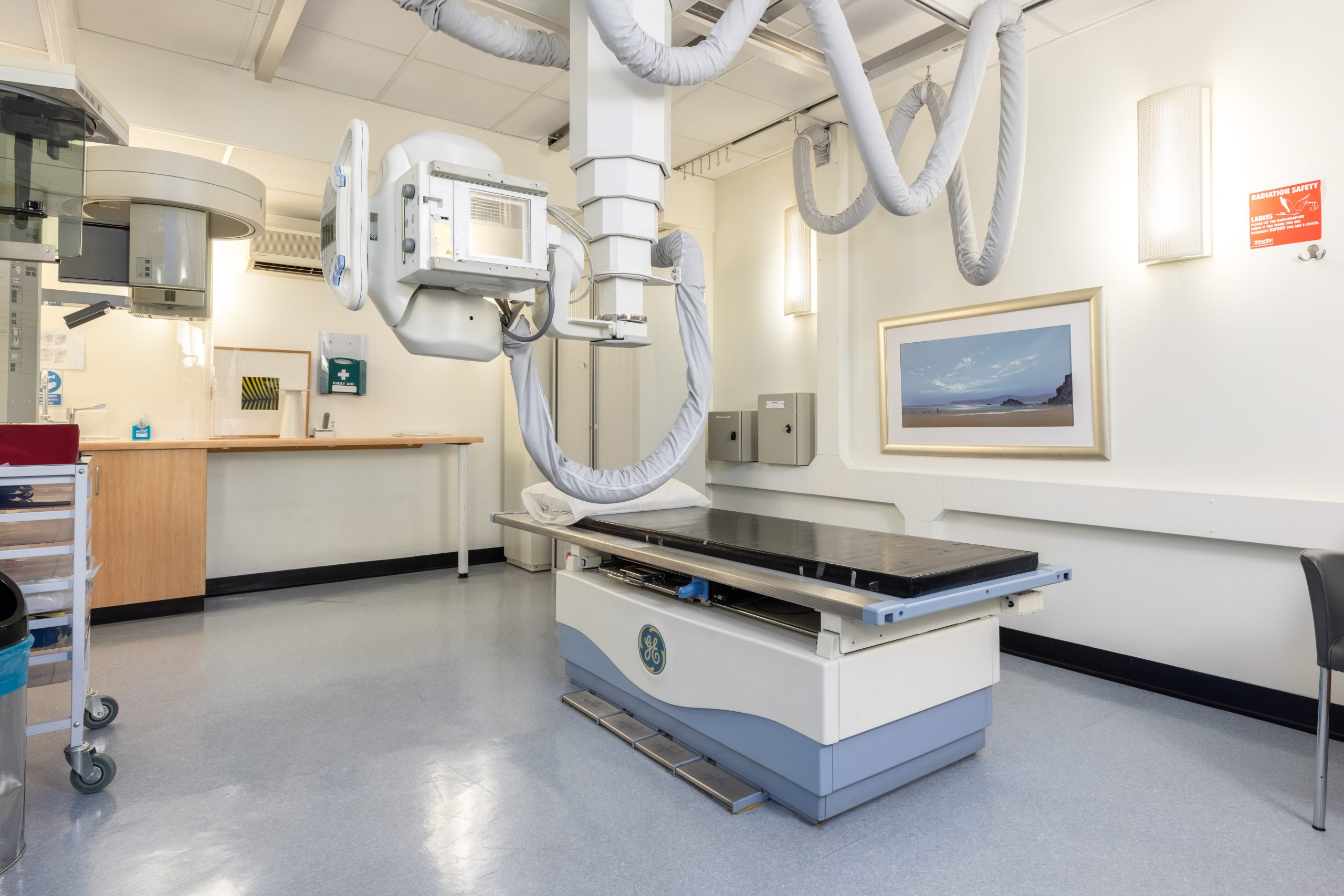
Understanding X-rays
Posted on Mon Dec 18, 2023
X-rays are a commonly used medical procedure that can produce images of the body, specifically the bones. They are effective in detecting various conditions and are generally considered to be a quick and painless procedure.
At Oryon Imaging, we offer affordable, high-quality private X-rays with rapid results. We spoke with our X-ray Radiographer, Laura Mustermane about X-rays, what happens during an examination here at Oryon, and how we ensure patient safety during the scan.
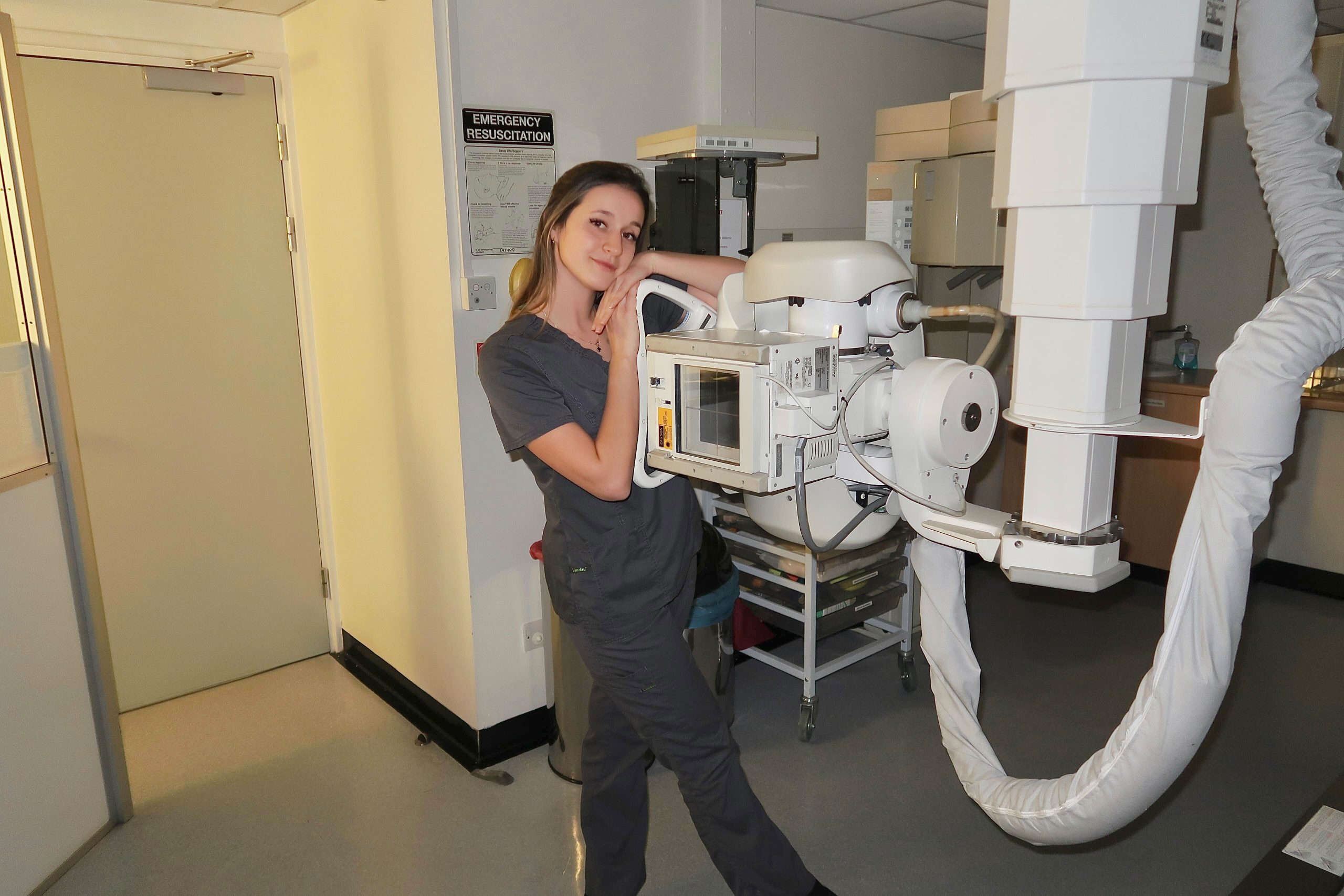
“X-ray is a type of radiation, a form of electromagnetic energy, which is invisible”
– Laura Mustermane, X-ray Radiographer
We asked Laura, why would someone require an X-ray scan?
X-rays are most commonly known for viewing broken bones. However, they can be used to see infections, non-cancerous and cancerous bone tumours, lung and heart problems and joint issues. They are also used for some routine medical screenings for travel or work-related purposes.
What does your day consist of as an X-ray Radiographer?
I start by turning on the X-ray machine to get it ready for scanning. I check the calendar to see how the day looks, and what patients I am expecting. While I wait for patients to arrive, I check and assess any outstanding referral forms.
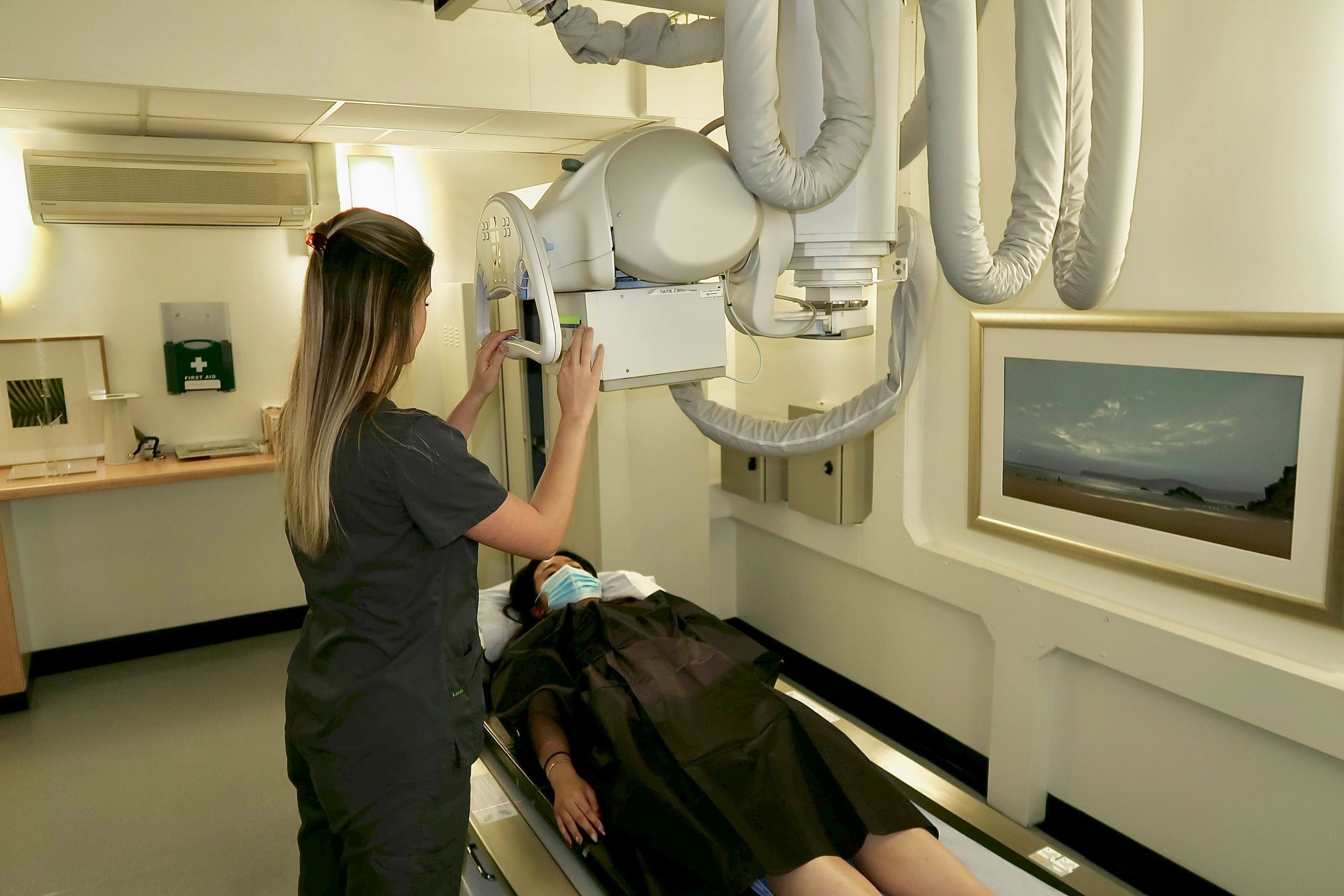
When a patient arrives, I confirm their personal details and explain to them what they can expect from their scan. We then proceed with the examination. After it is performed, I explain what happens next and when they should expect the scan report.
When the patient leaves, I record the radiation dosage used and how many images were taken from the patient’s scan which is also used for audit purposes. I finally clean and prepare the X-ray room, ready for when the next patient arrives.
What are the most common X-rays you perform at Oryon Imaging?
At Oryon Imaging, the most common X-rays performed are chest, lumbar pelvic and knee scans.
You can find out more about our X-ray services here.
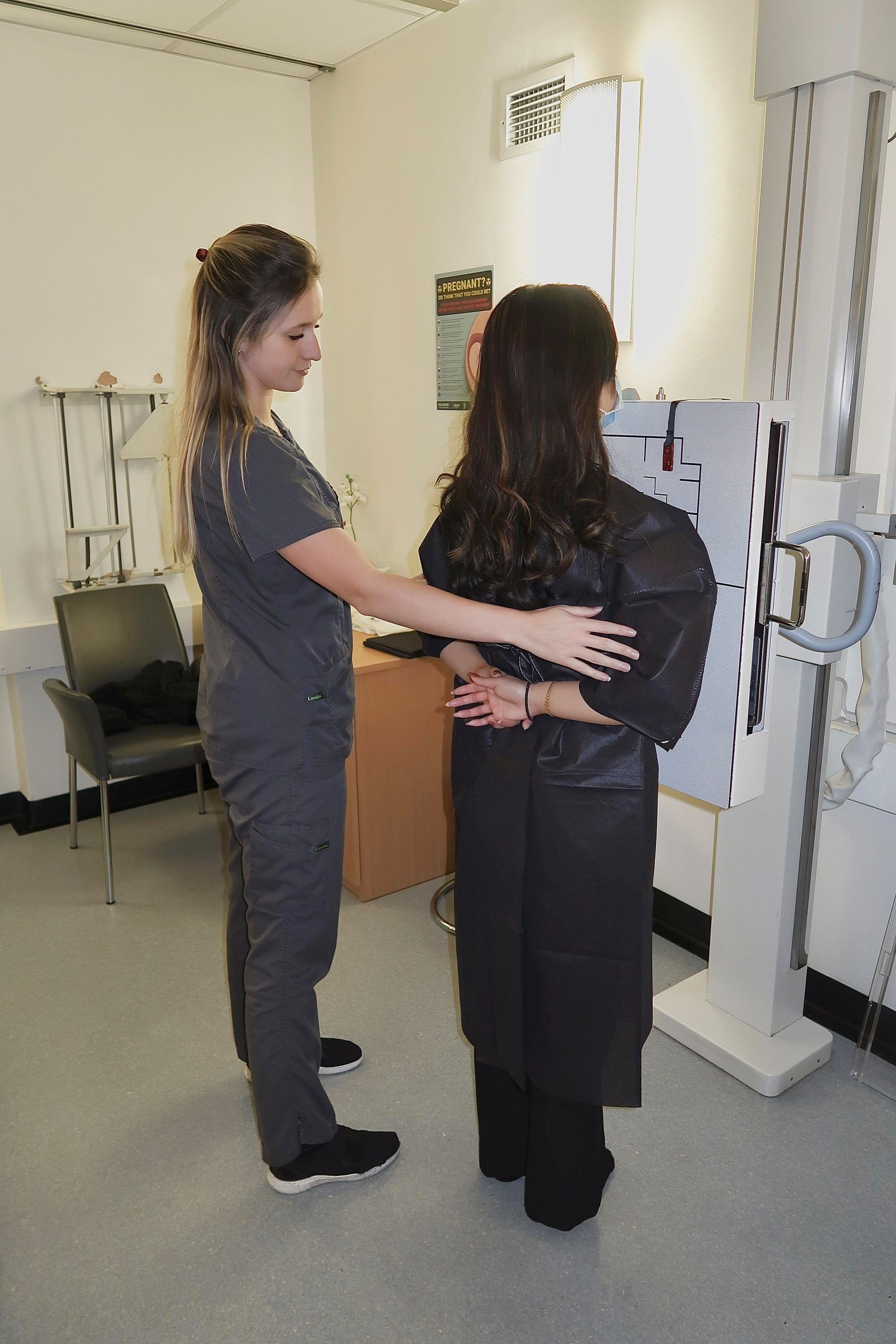
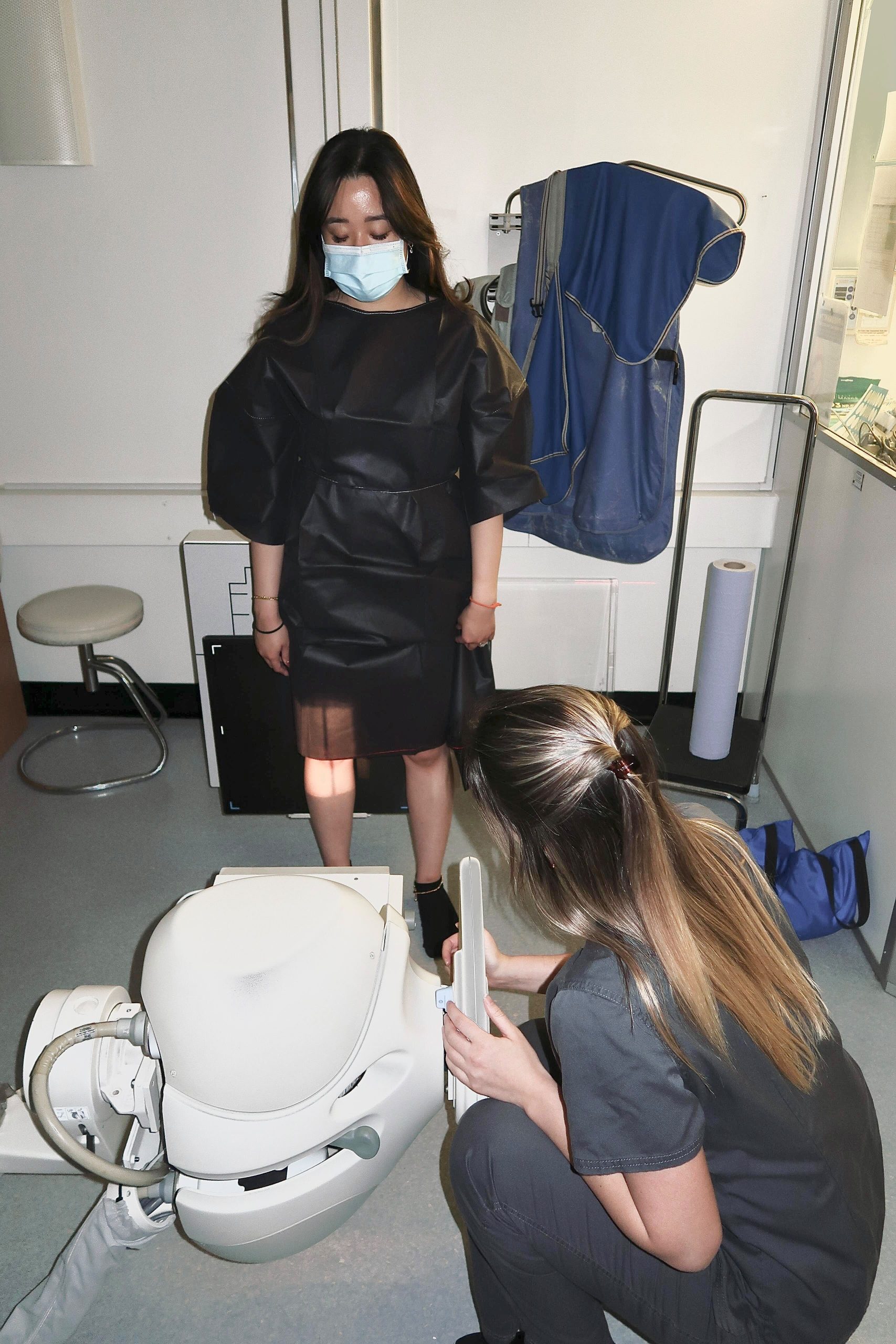
How does an X-ray examination work?
An X-ray scan is very straightforward. I position the patient in the desired position for scanning, depending on the region they are referred for.
I set the appropriate radiation exposure and take the images. If different views are required, I will reposition the patient. It’s a very efficient process, which only takes about 10 minutes from when the patient arrives.
How do you reassure patients who might be worried?
To ensure our patients feel comfortable during their appointment at Oryon Imaging, I start by explaining the process, risks and benefits of the scan. I tell them what they can expect and how an X-ray scan works.
Communication is very important, if I see they have concerns, I ask what they are worried about and listen. I assure them that they are in safe hands.
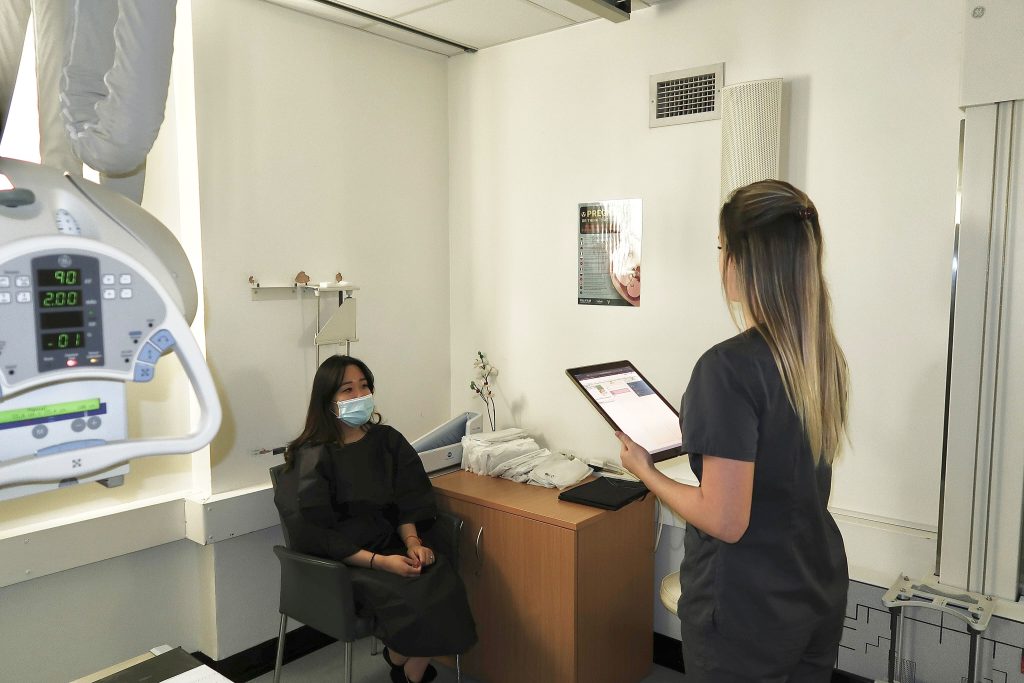
Is it safe to have an X-ray?
As a Radiographer, I practice the ALARA principle. This means “as low as reasonably achievable”. By following this principle, here at Oryon, we avoid using exposure to radiation that does not have a direct benefit for the patient, even if the dose is small and ensure all doses are optimised.
We also ensure that the X-ray can answer the clinical question being asked. If it is not, an alternative form of imaging may be advised and this will be discussed with you and your referrer.
Being exposed to X-ray radiation does carry a risk of causing cancer over many years or decades later. However, it’s also important to understand that this risk is thought to be very small. We minimise any potential risks to patients while still providing necessary medical care.
To help patients understand how much radiation is used during a scan, I explain that, X-ray radiation from a scan is not as unsafe as we believe – 1 chest X-ray dose is equivalent to 3 days of background radiation.
Unlike having an MRI scan where magnets are used, you can wear jewellery and have metals on your body during an X-ray. It won’t affect the scan if it is not in the region being scanned, however, if it is in the area of interest, we may ask you to remove these items to avoid artefacts in the region of interest.
Is it safe to have an X-ray if you’re pregnant?
X-rays are not usually recommended during pregnancy unless it is an emergency. However, if the X-ray is focused on parts of your body away from the abdominal area, such as the chest, arms, or lower legs, the radiation does not significantly affect the baby. A lead apron can also be worn if required to provide further protection.
As a healthcare professional, it is our responsibility to check with any female patients aged 12-55 years old (childbearing age), if there is any chance of them being pregnant. If there is a possibility of them being pregnant, we will review their referral form, to see if it is safe to proceed with the scan, depending on the region. We explain the benefits and risks, then advise the patient to speak to their referrer for further advice.
For more information on understanding how safe X-rays are, read our latest blog.
How to get an X-ray
If you need an X-ray, we can accept walk-in appointments.
Our X-ray service is available Monday to Saturday, 10am-6pm. There is no need to call or book, though a referral form from a healthcare professional is required.
If you need a referral, we can help you get one with our scan referral service.
How much does it cost?
At Oryon Imaging, we pride ourselves on affordability, with no compromise to the standard of our service. Our X-ray scans start from £70 per view.
Our service is recognised by all major insurers including BUPA, AXA Health and WPA.
How quickly will I get my results?
Scans images are available immediately through our secure, online community, Connect, which you will be invited to sign up to as part of booking your appointment.
All our X-rays are reported by our expert Consultant Radiologists and are completed one working day later. This is then shared with your referring clinician.
Share this article
Most Recent
The Most Common Tennis Injuries
Posted on Mon Jul 14, 2025
Do I Need A Referral For An MRI Scan?
Posted on Mon Jul 14, 2025
Posted on Mon Jul 14, 2025
Stay up to date
If you’re interested in keeping up with what we’re doing, just leave your email address here and we’ll send you periodic newsletters and other updates.




